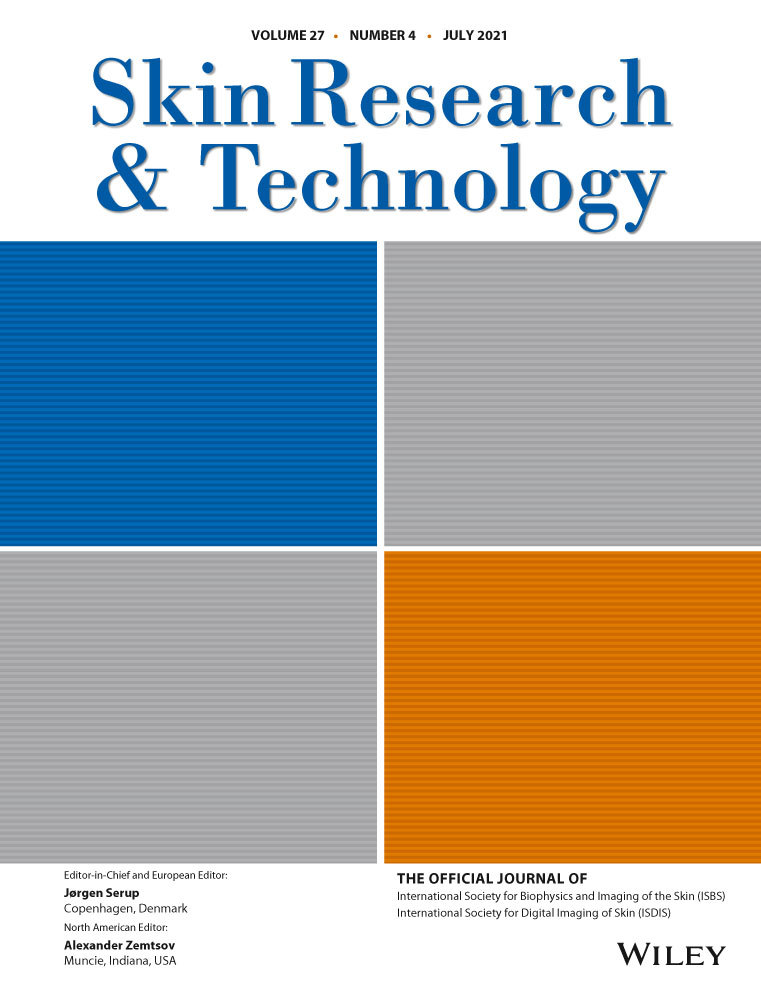Accuracy of clinical diagnosis and videodermoscopy in female pattern hair loss
Funding information
This work was supported by the Group of Investigative Dermatology-GRID of the University of Antioquia, Medellin, Colombia. In addition, the FotoFinder Trichoscale® equipment was loaned to the University of Antioquia/Hospital San Vicente Fundacion at no cost for the study by its manufacturer: FotoFinder Systems GmbH.
Abstract
Background
Female pattern hair loss (FPHL) is a non-scarring hair disease characterized by progressive hair diminishment and decrease of its density. Although typical cases of FPHL are usually straightforward to diagnose, its initial forms can be unrecognized and often need the use of other diagnostic methods.
Objective
To describe the accuracy of a diagnosis of FPHL based on clinical grounds and videodermoscopy compared with scalp biopsy.
Methods
An observational diagnostic test study was performed. Scalp biopsies were read by the same dermatopathologist and processed horizontally to allow follicle's number and size evaluation. Digital videodermoscopy was also performed.
Results
A total of 202 patients were enrolled, but only 35 women were assessed with digital videodermoscopy. When clinical diagnosis was compared to scalp biopsy, a sensitivity, specificity, positive predictive value (PPV), and a negative predictive value (NPV), of 77% %, 72.4%, 82.2%; and 65.5%, were respectively obtained. Videodermoscopy showed a sensitivity, specificity, PPV and NPV of 88.9%, 100%, 100%, and 72.7%, respectively.
Conclusions
This study provided valuable information on the accuracy of clinical examination of FPHL, showed the usefulness of videodermoscopy as a method that in the future may replace scalp biopsy for its diagnosis, or also could aid patient´s follow-up.
CONFLICT OF INTEREST
Authors have no conflicts of interest to declare. Although the FotoFinder Trichoscale® equipment was loaned to the University of Antioquia/Hospital San Vicente Fundacion at no cost for the study by its manufacturer: FotoFinder Systems GmbH, the company was not involved in the trial design, analysis of the data, or the preparation of the manuscript.




